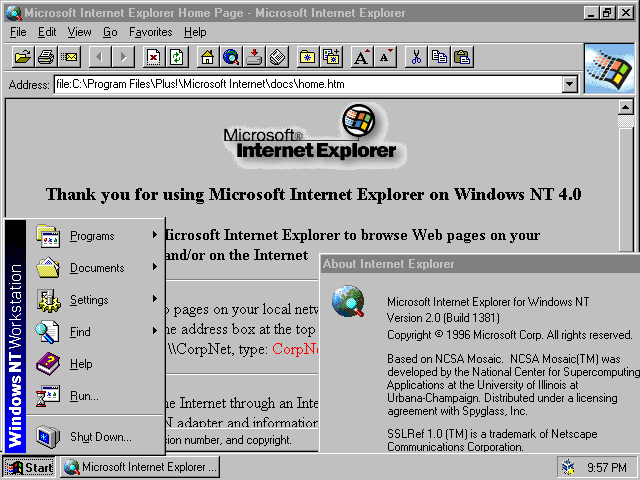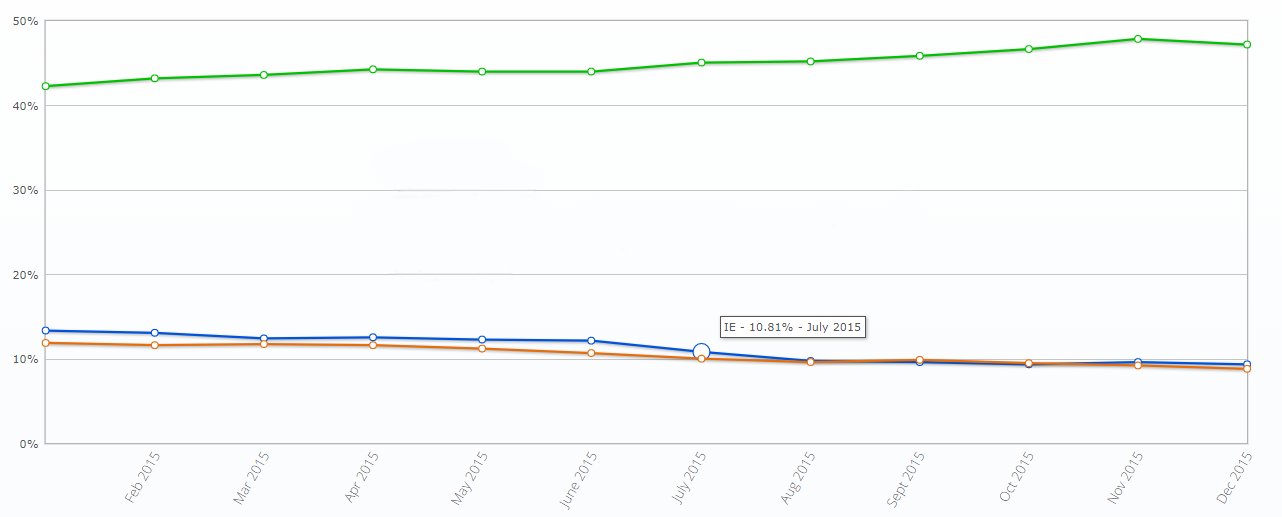On June 15, Microsoft will finally end support for Internet Explorer on various versions of Windows, almost 27 years after its launch on August 24, 1995. The desktop version of IE will be disabled and replaced with the new Microsoft Edge, with users automatically redirected to Edge when they launch Internet Explorer 11.
Internet Explorer is over. What happened?
Microsoft will end support for IE11 on a list of Windows versions. The company means versions of Windows 10 shipped through the semi-annual channel on systems running Windows and Windows 10 IoT client SKUs. Internet Explorer is also not available on Windows 11, which defaults to Chromium-based Microsoft Edge. However, IE will be available on some versions of Windows after June 15, 2022:
According to Microsoft, Internet Explorer 11 for operating systems that Microsoft support at the moment will receive lifetime security updates and technical support. In addition, the Edge browser will be able to select IE11 mode, which maintains backward compatibility with the original browser. This mode will be maintained until 2029.
Internet Explorer history. Why didn’t they discontinue it earlier?
Internet Explorer was one of the first web browsers available for the broad market. Appeared in 19951, it was competing with Netscape Navigator – the predecessor of Mozilla Firefox. Their confrontation is known as the First Browser War – and IE emerged victorious from this fight. By 2003, the default Windows browser had the absolute dominance of the browser market, accounting for about 95% of all users. His hegemony began crushing with the release of Mozilla Firefox – released by the defeated team of developers.
Still, the high market share does not mean that the product is ideal. In the late ‘90s, when there were no alternatives, Explorer was OK with its functionality and speed. However, the appearance of a broadband connection uncovered a ridiculous slowness of the IE. The JavaScript handling approaches were aimed at data saving, suitable for dialup connections – but inappropriate for high-speed Internet. The appearance of Firefox showed how browsers must actually look and work. That apparently was very contrast to what Internet explorer was offering. Slow, buggy, and vulnerable to malware injection, Explorer began losing the market share extremely quickly. But Microsoft did not pay any attention to the problem – the IE 7 that was intended to fix some of the problems was released in 2006, together with Windows Vista.
Slowness, huge amounts of bugs, delayed implementation of new features and compatibility issues created a halo of ill fame around Microsoft’s brainchild. Even the release of Internet Explorer 9, which had a lot of new features and finally got rid of the fabulous slowness, was not able to break the stereotypes. The tech giant from Redmond failed at that stage of the browser war – but that did not mean they stopped their attempts. Internet Explorer got its niche, and the complete discontinuation of its support was not advantageous for both Microsoft and its users. A decade after the Mozilla release, the market share of Internet Explorer was around 10% of the whole market. Meanwhile, Chrome had about 45% – an absolute monopoly in the browser market.
Why did Microsoft keep supporting Explorer?
Besides the disadvantages that made IE so unfavourable, Microsoft kept supporting it even after releasing the MS Edge browser together with Windows 10. The newbie is based on Chromium core, and practically has the same list of functions as was offered by the regular Chrome. Folks were sceptical about it, but then the public opinion on it changed. Microsoft did a great job on mistakes – and created a well-done browser, not amazing, but with its own unique features. For example, in Windows 11, it received extended web security abilities – thanks to its deep integration with the operating system and Windows Defender. But the latter is the other sad story of Microsoft software products.
Explorer had its niche, and it was generally infrastructure elements. Cash machines, information stands, interactive menus in restaurants – all of them were running the Explorer. The reason was the ability to ask Microsoft to create some specific functionality for them – an impossible thing for the broad-market browsers like the aforementioned Chrome. Internet Explorer runs on the proprietary MSHTML/Chakra engine, which can be adjusted only by Microsoft. Enterprise technologies always try to rely on other enterprise technologies, and that is the example.
Disabling it at the moment of the Edge release (that would be sudden) was inappropriate for both sides of this symbiosis. Therefore, MS decided just to stop the development of the IE – by keeping the support available. In July 2016, a year after the MS Edge release, the market share of IE shed to 5.4%. By 2021, the share of IE decreased to about 0.5% of the market – with Edge having a 3.5% share. That is miserable compared to Microsoft’s market share in the desktop OS market – over 80%.
- More detailed story of Internet Explorer on Wikipedia.



